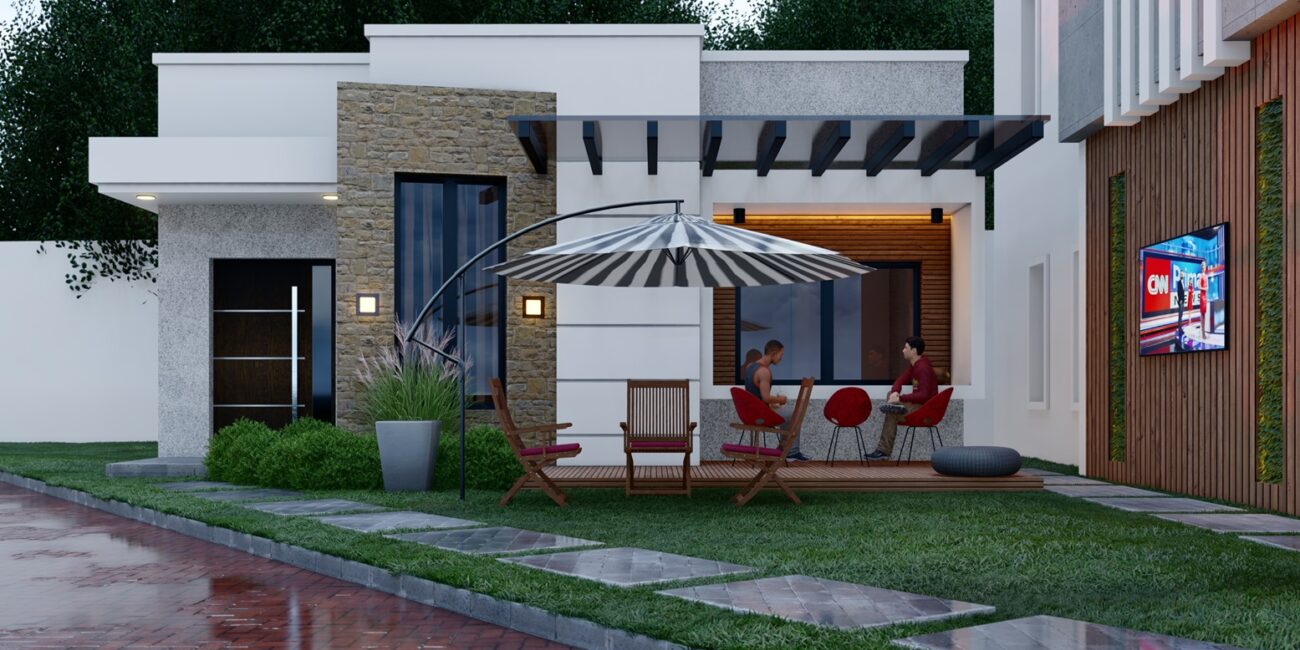-
Transforming ideas into structures
Form and Function in Harmony
-
Building your vision, creating reality
Crafting Timeless Structures for Modern Living
-
Designing spaces, creating experiences
Innovative Designs, Lasting Impressions



-
Form and Function in Harmony
-
Crafting Timeless Structures for Modern Living
-
Innovative Designs, Lasting Impressions
We specialize in these fields
- Feasibility Studies
- Conceptual Design
- Design Development
- Interior Design & Space Planning
- Construction Administration
- Post-Occupancy Evaluation
- Project Management
- Master Planning
Our Expertise Extends Beyond Aesthetic Considerations to include Functionality, Safety, and Sustainability.
Completed & Delivered Architectural Designs
Projects Completed




In 2015, Stanbridge NG was founded by Architect Stanley Ogbuagu, a visionary architect who shared a passion for creating timeless and functional homes.
The firm quickly gained recognition for its commitment to blending classic design principles with modern functionality.
Early projects focused on residential designs that showcased the firm's ability to create homes that were both aesthetically pleasing and practical for everyday living.
Stanbridge NG remains dedicated to creating timeless, functional, and sustainable spaces that enrich the lives of those who inhabit them.
Our mission is to design and build spaces that go beyond the conventional, harmonizing form and function.
Stanbridge NG envisions a world where architectural excellence merges seamlessly with the aspirations of individuals and communities. We strive to inspire and create enduring spaces that transcend time, embodying timeless beauty, functionality, and sustainability.
Architecture
Functional Spaces
Aesthetic Appeal
The form and style of a building contribute to its visual impact and how it fits into its surroundings. At Stanbridge, we strive to create structures that are visually pleasing and harmonize with the cultural, historical, or natural context of the location.
Functionality & Purpose
Efficient use of space and thoughtful spatial organization are crucial for the functionality of a building. We consider the intended use of the structure and design spaces that facilitate the activities and interactions intended to take place within.
Structural Integrity
Buildings must be designed to withstand environmental forces such as wind, seismic activity, and other loads. The safety of occupants is a primary concern, and we work closely with structural engineers to ensure that buildings are stable and secure.
User Experience
A good architectural design takes into account the experience of the occupants or users. Factors such as ergonomics, lighting, ventilation, and acoustics contribute to creating spaces that are comfortable, practical, and conducive to the intended activities.




















